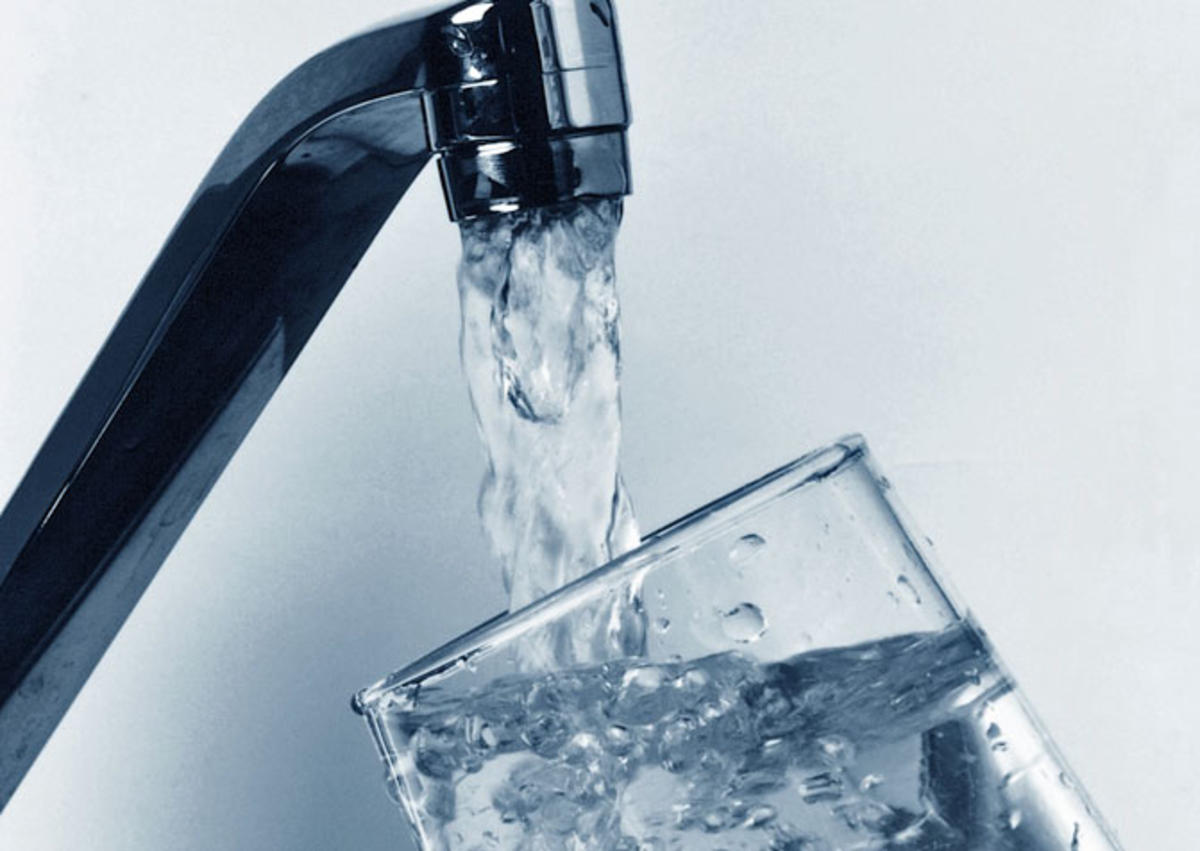With the Ministry of Natural Resources (MNR) expected to give site releases to some of the 100 offshore wind applicants as early as March this year, Jane Rogers has been doing her homework. A retired teacher, Jane has gathered detailed research on the potentially harmful affects of offshore wind proposals using government-related internet sites along with a background paper on a Nearshore Study she received at the International Joint Commission’s Biennial Meeting held in Windsor last October 2009.
“I don’t think everyone realizes the magnitude, nor the potential consequences of offshore wind developments,” explained Jane.
An Ontario Power Authority study by Helimax Energy Inc.(May 2008), presents 64 sites of good “wind potential” within the entire basin; Lake Huron 27, Lake Erie 25, Lake Ontario 9 and 3 in Lake Superior. The installable capacity of wind energy totals
46 000MW. It takes 20 (5MW) turbines to produce 100MW capacity.
As of Sept. 2009 the Canadian Hydro Developers Inc. purchased rights for a 4 400MW wind factory called “the world’s largest!” Its location has yet to be announced.
Trillium Wind I plans to build 142 (5MW) offshore turbines in NE Lake Ontario. There seems to be a “race to the waters” on both sides of the border. The new FIT Program (Feed-in-Tariff) guarantees offshore proponents three times the amount presently paid to conventional energy producers.
“I am vehemently opposed to a government “green action plan” that entertains offshore wind proposals within the Great Lake Basin, especially that of SouthPoint Wind’s proposal in Pigeon Bay,” said Rogers.
“These are industrial-sized wind structures going into the very waters we drink and in SouthPoint’s case, nearly on top of our Union Water intake system.” An act, that directly counters the IJC’s Great Lake Water Quality Agreement with the US.
“Over 44 million people use the Great Lakes as their “well,” adds Rogers. Stats Canada (1999) claims that 88% of all domestic water consumption across Canada comes from lakes and rivers.
Jane prepared a list of 14 detailed issues regarding offshore wind factories in the Basin, raising concerns that could harm the water quality of our drinking water in a huge way.
Trenching will cause the re-suspension of non- soluble toxins already present in the basin, also each 2MW turbine planned to be built holds over 1 000 gallons of lubricant oil for the generator.
The US Army Corp. of Engineers claims “a mono-pile design is the preferred structural model which has a diameter of 14-16 feet, driven 50-90 feet into the lakebed (depending on local load of sediments). As the water depths and loads increase, the pile diameter and trenching must increase as well.”
“How can these acts not cause permanent and irreversible losses? asks Rogers.
Also, submerged natural aquifers/underground water sources below lakebeds may also be compromised.”
“These areas are unknown, uncharted and often absent in preliminary environmental studies,” noted Rogers.
Changes to bedrock, ‘wave climate,’ tremor damages to aquatic embryo, stray electricity electro-magnetic changes and public use restrictions are other issues Rogers sites.
Finally, a decline in property value will occur once source water is further compromised, more difficult to treat and other water issues become public.
Wind turbine technology is new to the Canadian landscape, hence most enviro studies rely on those from Europe/US which can be misleading. Also, non-technical aspects such as visual impacts, social acceptability and economic viability are absent.
“High sensitivity areas” or “off-limit sites” to IWT schemes have yet to be identified in Canada. Essex County is the second most populated in Ontario with 166 000 residents, having an internationally known Bird Sanctuary and National Park within its 1 720km2 area, and bird migration pathways used by over 100 million plus birds twice yearly. Five wind companies are vying to raise a potential 256 wind turbines within its borders.
“If this county doesn’t constitute a “high sensitivity” area, what does?” asks Rogers.
Health Canada estimates 90 deaths and 90 000 illnesses each year caused by contaminated drinking water. In 2006-2008, Canada had 1 760 boiled water advisories, Ontario with 679 advisories, excluding those in First Nations territories. Nearly 40 areas of ‘pollution concern’ already exist in the Basin, Wheatley Harbour being one “area of concern”. Millions have been spent on the “clean up”.
According to Rick Findlay author of ‘Source Water Protection Primer’ (May 2004),
“If water quality or quantity is in any way degraded, this can have a serious adverse impact on an ecosystem. Similarly, when ecosystems become degraded, this has a negative impact on water.”
“The Great Lake Basin is ‘the‘ most important freshwater resource in the world,” Jane comments. “It covers 90 000 square miles, having 6 quadrillion gallons of water in volume, 1/5 the world’s freshwater supply.
As a community, let us use our rights under the Clean Water Act which ’empowers’ communities to take action to prevent ‘threats’ from becoming significant. Offshore wind developments are definite ‘threats‘ to the integrity of our drinking water quality.
It is imperative we take swift, proactive measures to protect our water sources today!
Further reading of interest …
by Jane Rogers





